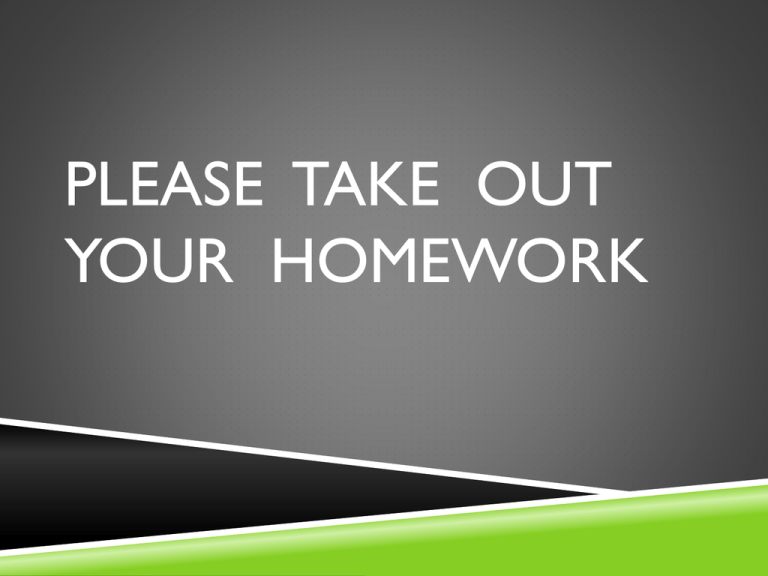Friction
advertisement

PLEASE TAKE OUT YOUR HOMEWORK Friction - a force that opposes motion, or “pushes back” when two surfaces are touching. It’s always around and it affects everything. WITHOUT FRICTION… FRICTION- WORKS AGAINST YOU …..BUT IT CAN BE HELPFUL! WHEN DO I WANT… A lot of friction? http://www.youtube.com/watch?v=yTKwS-J7qVE A little bit of friction? http://digg.com/video/the-science-of-figure-skating http://www.nbclearn.com/olympics FRICTION TYPES AND PARTS… There are three Basic Types of Friction Static Kinetic Fluid TYPES OF FRICTION: 1) Static friction: Friction that resists the initiation (start) of sliding motion between two objects at rest. Keeps things stopped TYPES OF FRICTION: 2) Kinetic friction: The force that opposes the movement of two surfaces that are in contact and moving over each other. To make something move, you just overcome static friction by pulling with a force larger than kinetic friction. TWO TYPES OF KINETIC FRICTION: a) Sliding – the objects are sliding b) Rolling – the objects are rolling. Rolling is usually less than sliding. TYPES OF FRICTION: 3) Fluid friction: The friction between layers of a fluid. 2 types- Liquid and Gas Liquid- water, oil etc. Gas - Air TYPES OF FRICTION: Described by viscosity. Viscosity – the “thickness” of a fluid. Low viscosity = “thin;” High viscosity = “thick” or “viscous.” The less viscous a fluid is, the easier it moves. Friction DOES depend upon: 1. surface area in contact 2. mass/gravity (weight) of object 3. coefficient of friction – “mu”(the texture of the surface) FRICTION IS CUMULATIVE Small amounts of friction in a system add up to become a large amount of friction. TEXTBOOK FRICTION…CHALLENGE



